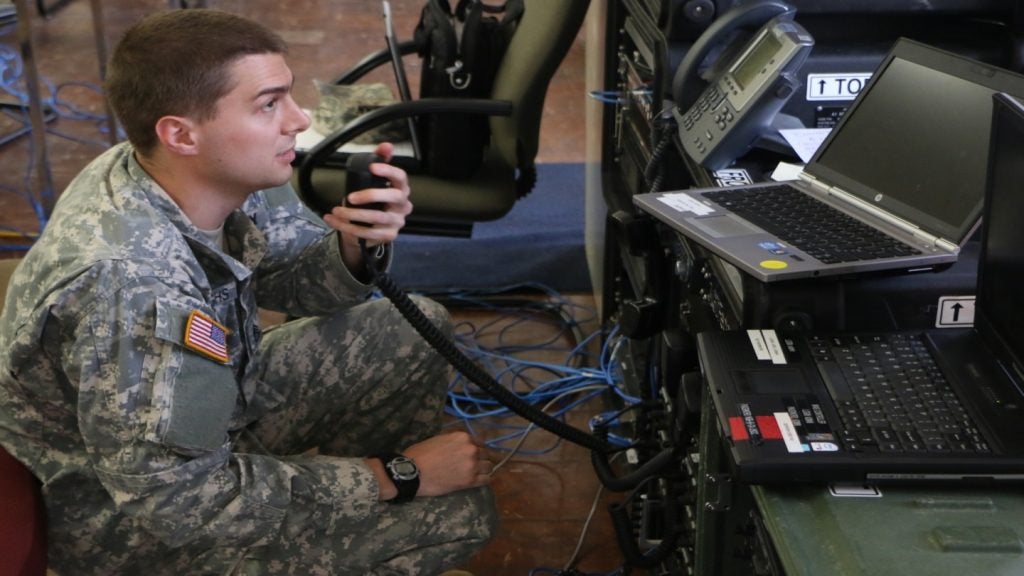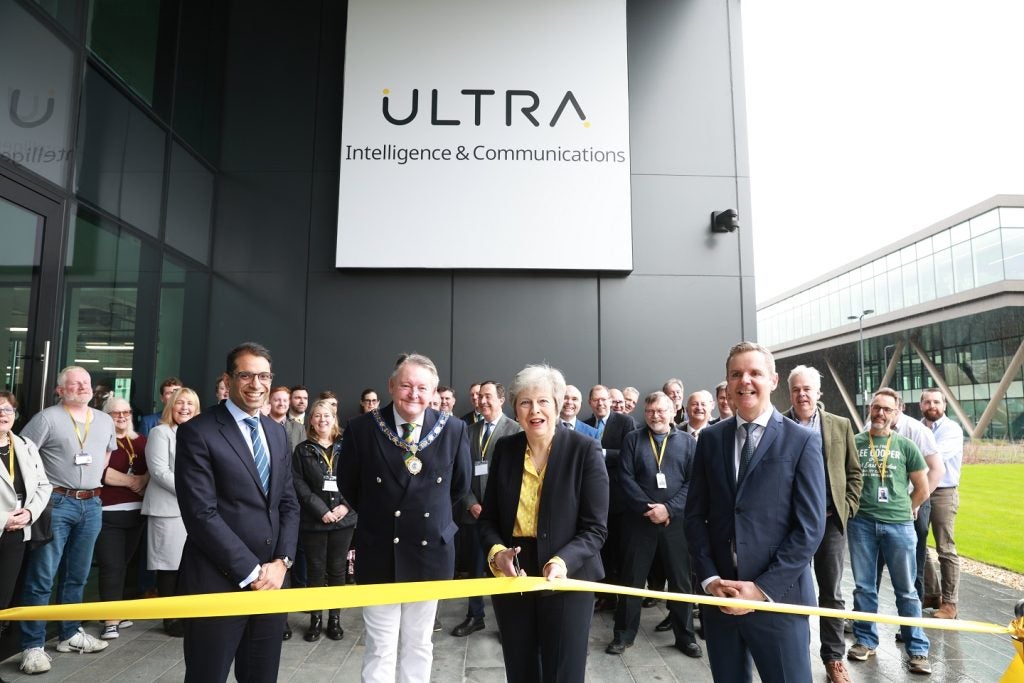
DARPA is launching the Millimetre-Wave Digital Arrays (MIDAS) programme to develop the next generation of secure, user-friendly, platform-agnostic military communications.
The programme seeks to create a common digital array tile that will enable multi-beam directional communications and help solve the adaptive beamforming problem.
Research efforts will focus on reducing the size and power of digital millimetre wave transceivers. This would enable phased-array technology—a computer-controlled array of antennas which can be pointed in different directions without moving the antennas—to be used across mobile platforms.
It would also elevate mobile communications to the less crowded millimetre wave frequencies.
Whilst there is some commercial research into phased-arrays operating at millimetre waves, that research is primarily to give consumers more bandwidth for high-throughput applications over relatively short ranges. It could provide the fast internet speeds needed when 5G mobile networks are launched.
Department of Defence (DoD) platforms, on the other hand, create communication environments of much greater complexity, often separated by tens or even hundreds of nautical miles, and move in three dimensions with unknown orientations.
How well do you really know your competitors?
Access the most comprehensive Company Profiles on the market, powered by GlobalData. Save hours of research. Gain competitive edge.

Thank you!
Your download email will arrive shortly
Not ready to buy yet? Download a free sample
We are confident about the unique quality of our Company Profiles. However, we want you to make the most beneficial decision for your business, so we offer a free sample that you can download by submitting the below form
By GlobalData“Imagine two aircraft both traveling at high speed and moving relative to one another,” said DARPA programme manager Timothy Hancock. “They have to find each other in space to communicate with directional antenna beams, creating a very difficult challenge that can’t be solved with the phased-array solutions emerging in the commercial marketplace.”
Thanks to advances in element-level digital beamforming in phased-array designs—where several beams receive and transmit in multiple directions simultaneously—device discovery time can be significantly reduced and network throughput improved.
“While critical to the next generation of phased-arrays, today’s digital beamforming is limited to lower frequencies, making the resulting arrays too large for use on small mobile platforms,” said Hancock.
To accomplish its goals, MIDAS plans to develop the silicon chips that form the core transceiver for the array tile. It also plans to develop wide-band antennas, transmit/receive (T/R) components, and overall integration of the system to enable the technology to be used across multiple applications, including line-of-sight communications between tactical platforms as well as current and emerging satellite communications.
“Through MIDAS, we are seeking proposals that combine advances in millimetre wave and digital beamforming technologies to create radios that will deliver secure communications for our military,” said Hancock, who envisions the programme being administered in three phases over four years.





